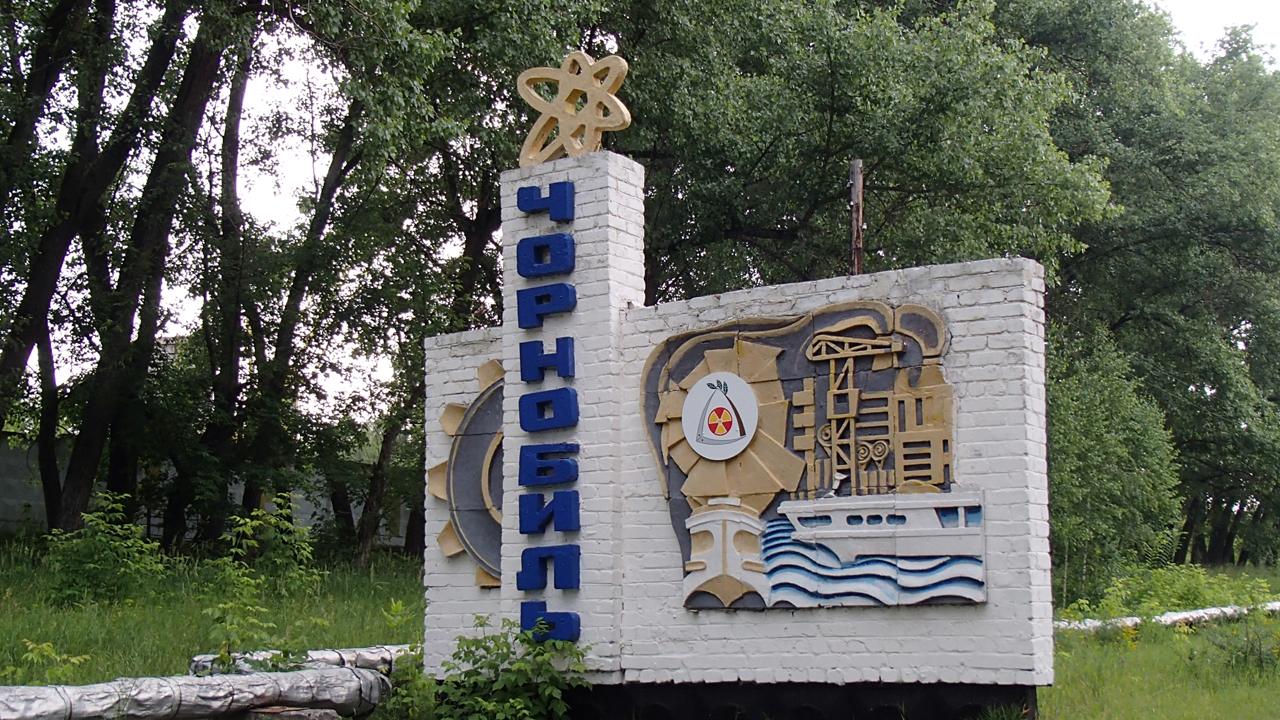Twenty-seven years after the Chernobyl disaster, researchers are surprised to find that animals in the fall out zone don’t actually glow in the dark.
Mary Mycio, author of Wormwood Forest: A Natural History of Chernobyl, spent several months wandering through the exclusion zone, the evacuated area hit hardest by the fall out, and calls it a “strange and beautiful place.” Biologist are finding that biodiversity levels and animal abundance in Chernobyl are much closer to that of wildlife sanctuaries than areas with human inhabitants. This has lead some researchers to the fairly shaky conclusion that “radiation is less harmful to wildlife populations than we are.”
If people continue to keep out, Mycio says, Chernobyl could be well on it’s way to becoming the largest wildlife sanctuary in Europe.
Ok. Now give us glowing animals, please, thank you.
(Image: Brittany/Flickr)


